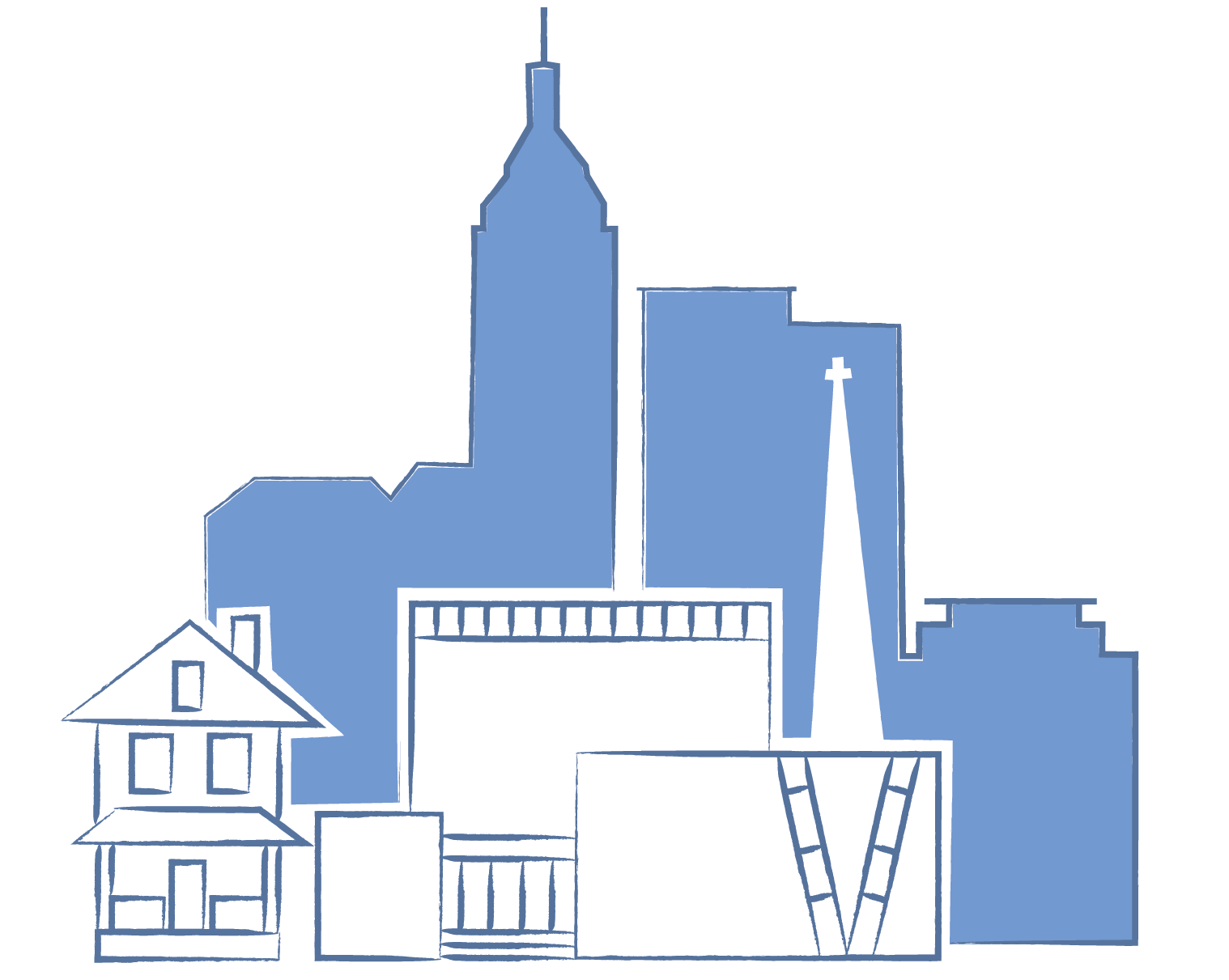
Story of a city neighborhood
If you walk the streets of the Englewood neighborhood surveying the landscape on a late summer day, you might sense the tiniest whiff of change in the air. Englewood, a small neighborhood on the Near Eastside of Indianapolis, is in many ways a stereotypical abandoned urban neighborhood. The two major industrial complexes that sandwiched our neighborhood on its north and south ends saw life drained out of them over the 80s and were finally shuttered in the early 90s. The exodus of families and small businesses from the neighborhood paralleled the industrial decline. Throughout the early years of this century, we were in the heart of the ZIP code with the highest rate of vacant housing in the state of Indiana. And until recently, we continued to see occupancy rates plummet, but now there are signs of hope.
On Rural Street, the century-old Indianapolis Public School #3 building, Lucretia Mott Elementary, which hasn’t functioned as a school since 1979, has been converted into thirty-two units of mixed income housing. It was the first development in the state of Indiana to integrate market rate and affordable housing with supportive housing for people coming directly out of homelessness or severe mental illness. Its classrooms have been transformed into fashionable apartments with high ceilings, wood floors, and lots of natural light, the complex also features a large gymnasium as well as the only-known rooftop hockey deck, which serves the residents as well as the neighborhood at large.
One block south and one block east of the old school building, two more mixed income housing complexes have been recently built; one of them, a senior net energy positive apartment building with an entire array of solar panels on its roof and on a covered parking structure; a third is in the process of being built even now (this building will meet the qualifications to be rated Emerald by the National Green Building Standard— the highest level). One block east is Oxford Street, which was almost completely vacant a few decades ago. Over the past fifteen years, its empty houses have been renovated and occupied one-by-one until a majority of the homes are now filled.
On the south edge of the Englewood neighborhood, next to the senior apartments, sits an abandoned industrial site. It recently began remediation; its land and buildings are being renewed and prepared for use as a campus for a high school and a middle school, as well as clustered food-related uses, including a vertical indoor farm which will produce healthy food and provide second-chance, stable employment for many individuals.
Right behind the school building, a lot once covered with asphalt is now home to a community garden and nature playspace, complete with a hill for children to climb on, a working waterfall, and a picnic pavilion.
Immediately to the south of the school building, two commercial buildings on Washington Street were once an abandoned storage shed and a seedy used-appliance dealer. These buildings have been renovated, the exterior painted by a local artist with historical scenes from the amusement park that graced the Englewood neighborhood a century ago. The storage shed is now home to a popular Mexican restaurant, consistently named one of the top healthy Mexican food in the state of Indiana. The old appliance building is home to a printing company and artists co-op, with room for expansion into other ventures.
Our public library, an architectural delight whose construction was originally funded by Andrew Carnegie over a century ago, not only resisted closure in the library system’s latest round of economic cutbacks, but has recently completed a beautiful addition and renovation, making it a welcome access space for all neighbors.
The building just north of the school building-turned apartments houses a licensed infant learning center and top-tier quality daycare and after school program. Each weekday the building is full of 200+ children and caring teachers, making it a beehive of activity. The children are regularly seen playing in the nearby garden and nature playspace.
Less than a mile north of this center is the local elementary school, what was once known as IPS # 15; like the neighborhood, it was a failing school. Several neighbors got together and imagined an innovation school that, rather than drawing people from around the city for theme-based education (STEM, arts, etc.), was focused on contributing to the neighborhood; a true neighborhood school that worked together with parents and local partners to provide quality education. Today it is a model within the city for innovative education that works toward the flourishing of the whole family, with a vision for inviting other local schools to join in the model.
So… how is it that a modest church of about 150 adults, a failed mega-church that spiraled downward with the neighborhood, has come to help orchestrate these strains of change? The short answer is… we learned to talk to each other. Amidst a nation that is sorting itself into homogeneous ghettos and finding civil dialogue impossible, a community that is talking across deep divides is helping orchestrate a movement of transformation in its own neighborhood.
A version of this story appears in The Virtue of Dialogue by C. Christopher Smith, a member of Englewood and author of How the Body of Christ Talks. To continue reading this story, you can find the e-book of The Virtue of Dialogue here.
